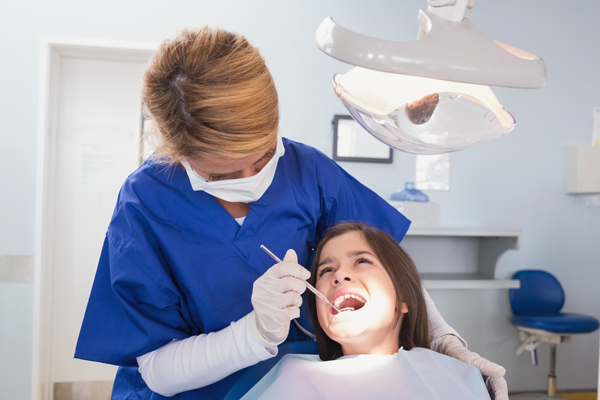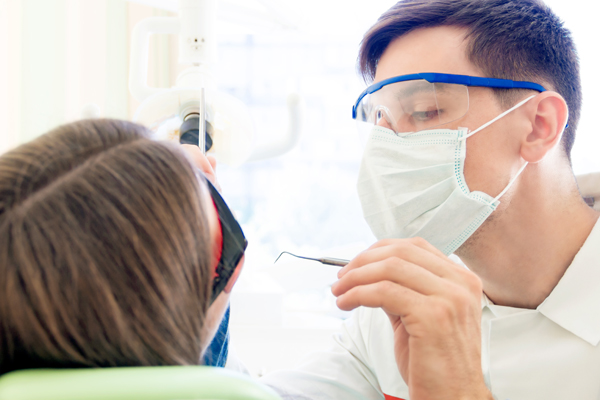Cosmetic Dentistry in Placentia Combines Both Function and Appearance
 To say that cosmetic dentistry is essential to modern dentistry would not be far from accurate. In a sense, cosmetic dentistry has driven innovation. While today teeth whitening is seen as purely aesthetic, it was a quest for whiter teeth that led us to important inventions like the toothbrush. Today the field of cosmetic dentistry is extremely broad, with several branches including orthodontics and prosthodontics. While there is still a perception that cosmetic dentistry is focused on the aesthetics of teeth, gums, and the bite, the lines between what is cosmetic and what is vital to the functionality and health of the gums are becoming more blurry. This is because as the science continues to develop we are discovering that symmetrical teeth and an aligned bite are not just about looking good but also have a role to play in the overall health of the mouth.
To say that cosmetic dentistry is essential to modern dentistry would not be far from accurate. In a sense, cosmetic dentistry has driven innovation. While today teeth whitening is seen as purely aesthetic, it was a quest for whiter teeth that led us to important inventions like the toothbrush. Today the field of cosmetic dentistry is extremely broad, with several branches including orthodontics and prosthodontics. While there is still a perception that cosmetic dentistry is focused on the aesthetics of teeth, gums, and the bite, the lines between what is cosmetic and what is vital to the functionality and health of the gums are becoming more blurry. This is because as the science continues to develop we are discovering that symmetrical teeth and an aligned bite are not just about looking good but also have a role to play in the overall health of the mouth.
The heart of cosmetic dentistry is still found in our ability to restore a person's smile. The idea that the things we do to your teeth can boost confidence is an important driver for most people involved in cosmetic dentistry. However, there is a wider application of this science which has become so commonplace that most people cannot imagine a world in which cosmetic dentistry does not exist. In the modern world, you can easily replace a broken tooth with a crown or take an elderly person in to get a bridge placed. These procedures restore the functionality of the mouth to optimum levels and ensure that you have the ability to eat, speak, and function normally. Without these “cosmetic” procedures, people would have to learn to live with broken teeth or worse have them pulled out completely.
Take one of the most common problems that we deal with as a cosmetic dentist. Cooked teeth or malocclusion occurs in a large number of people. While this is not considered a serious medical condition, we now know that having badly aligned teeth can lead to a number of other problems which can, in turn, cause a more serious issue to arise. The first and most obvious problem with having malocclusion is the inability to properly clean all the surfaces of your teeth. When your teeth are crooked, misaligned, or overlapping, your brush cannot get between the teeth to clean those normally hard to reach areas. This can lead to cavities, gingivitis, or even more severe gum diseases like periodontal disease.
Malocclusion also causes your teeth to put a great deal of stress on the jaw, facial muscles, and the teeth themselves making it much easier for you to suffer a chipped or broken tooth. The strain placed on your jaw, and the temporomandibular joint can lead to a complication known as temporomandibular joint disorder (TMJ) which comes with a host of other challenges. All of these are simple to avoid, and cosmetic dentistry has been used for decades to help people with a malocclusion to have straighter, healthier, and more attractive teeth. As the science continues to advance, we have even more treatment options available in our Placentia dental office for addressing these common oral health concerns.
Teeth Whitening > Dentures To say that
To say that 
